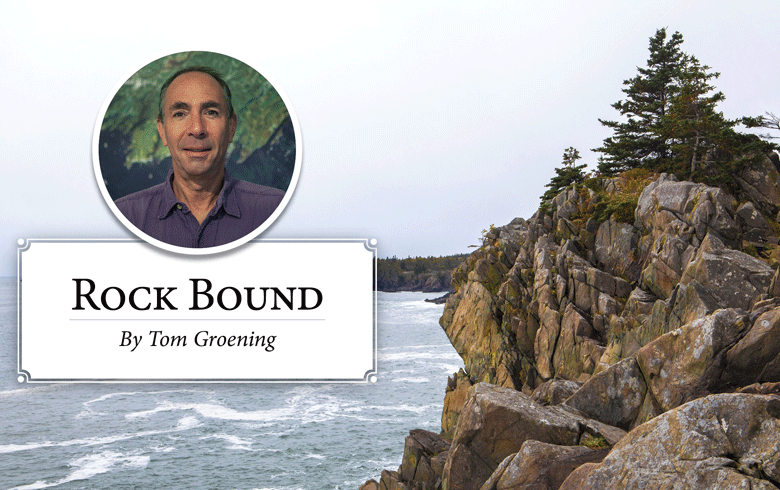It was a couple of years ago. A message on my voicemail urged me to come to Castine for a story about a municipal water tank being converted into an after-school childcare center.
I probably rolled my eyes when I listened to the woman’s message. The project seemed a bit outside of the newspaper’s purview, but I love Castine, and had a vague recollection of the tank, a wooden affair with most of its capacity below grade.
I called the woman back, and she made the case for the story, arguing that having a place for children to spend safe, quality time between the end of the school day and the end of their parents’ workday was critical.
“I don’t want to walk down the street and see myself,” she said.
So off to Castine I went. My less-than-enthusiastic attitude about the woman and the story evaporated pretty quickly, for several reasons.
Castine is an oddity. It’s almost an island, jutting out into Penobscot Bay at the end of a peninsula (in fact, when the British occupied it during the American War of Independence, they dug a canal, making it a de facto island). Maine Maritime Academy students keep the place hopping during the school year, while in July and August, the town takes on a different vibe, with the older, seasonal residents returning to their classic New England capes and colonials to quietly enjoy a Maine summer.
Nancy Sayre, the woman pitching the story, explained that the academy brought many blue-collar workers to town doing maintenance, food service, and other jobs. They couldn’t afford housing in Castine, but if their children could leave the town elementary school and spend the afternoon being engaged in crafts, science, and reading activities, parents could pick them up on their way home to Penobscot and Orland.
Sayre and her husband, W.G., both in their early 70s, are retired college professors. They corralled other retirees, and some younger folks, and got a volunteer effort launched that demolished and rebuilt the structure—now complete—into a beautiful and functioning facility.
I was struck by two comments the couple made.
“I don’t want to walk down the street and see myself,” she said. “I want to hear children laughing and giggling.”
“It’s a town out of balance,” her husband agreed, with too many older folks.
I could see why the effort succeeded. She is a force. I remember being struck by her slightly unkempt shock of white hair, her bright red clogs, and her radiant smile. I was a bit smitten.
Sayre contacted me again recently to invite me to see the completed facility.
Something as mundane and yet complex as after-school daycare is critical to keeping our coastal towns vibrant, I realized. The Sayres may not turn Castine back into an economically stratified community, but they have struck a blow for that goal.
Who we see while walking our streets was integral to an essay by Scott Planting in the October issue I was proud to include. Planting is the retired director of the Maine Seacoast Mission, and his essay was inspired by Downeast, Gigi George’s account of five Milbridge-area teen girls approaching adulthood. Downeast reveals that another fight is worth pursuing, one that keeps our young folks here, because their character and tenacity is essential.
A third example of this battle for our coastal communities came to light after my brief late-September visit to Eastport and Lubec. I shared photos on Facebook of fine new houses in both towns, no doubt built by out-of-staters as seasonal escapes, adjacent to houses beyond repair but with views of the water.
Yes, renovating houses means local tradespeople get work, and yes they pay larger shares of property tax. But as one commenter said, they also drive up real estate values and taxes, pushing locals inland.
Yet another wrinkle to this dilemma is the role ethnic diversity can play, a subject the Island Institute’s Yvonne Thomas writes about in Field Notes in this issue.
Do you have any thoughts on these challenges? Let me know what you think.
Tom Groening is editor of The Working Waterfront and can be reached at tgroening@islandinstitute.org.





